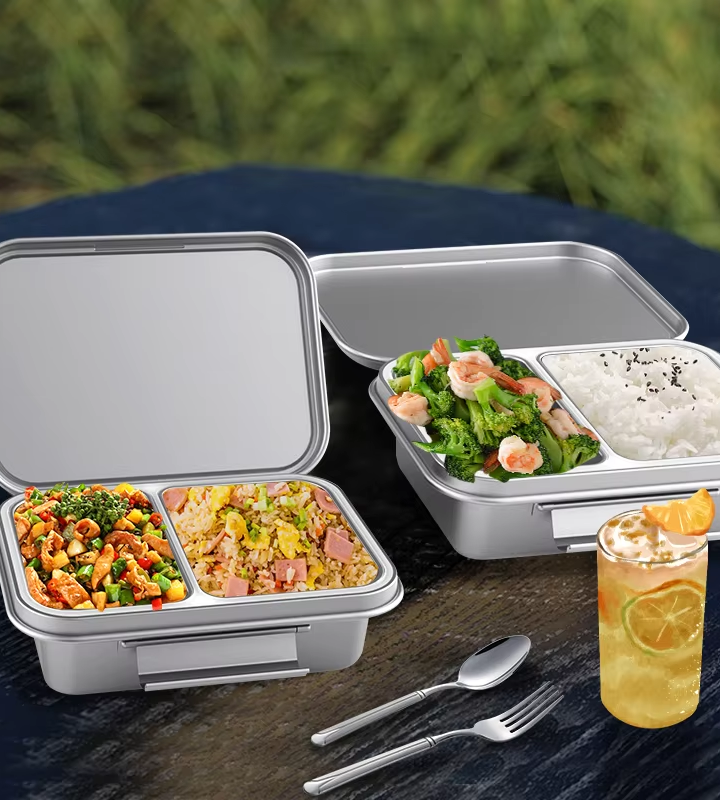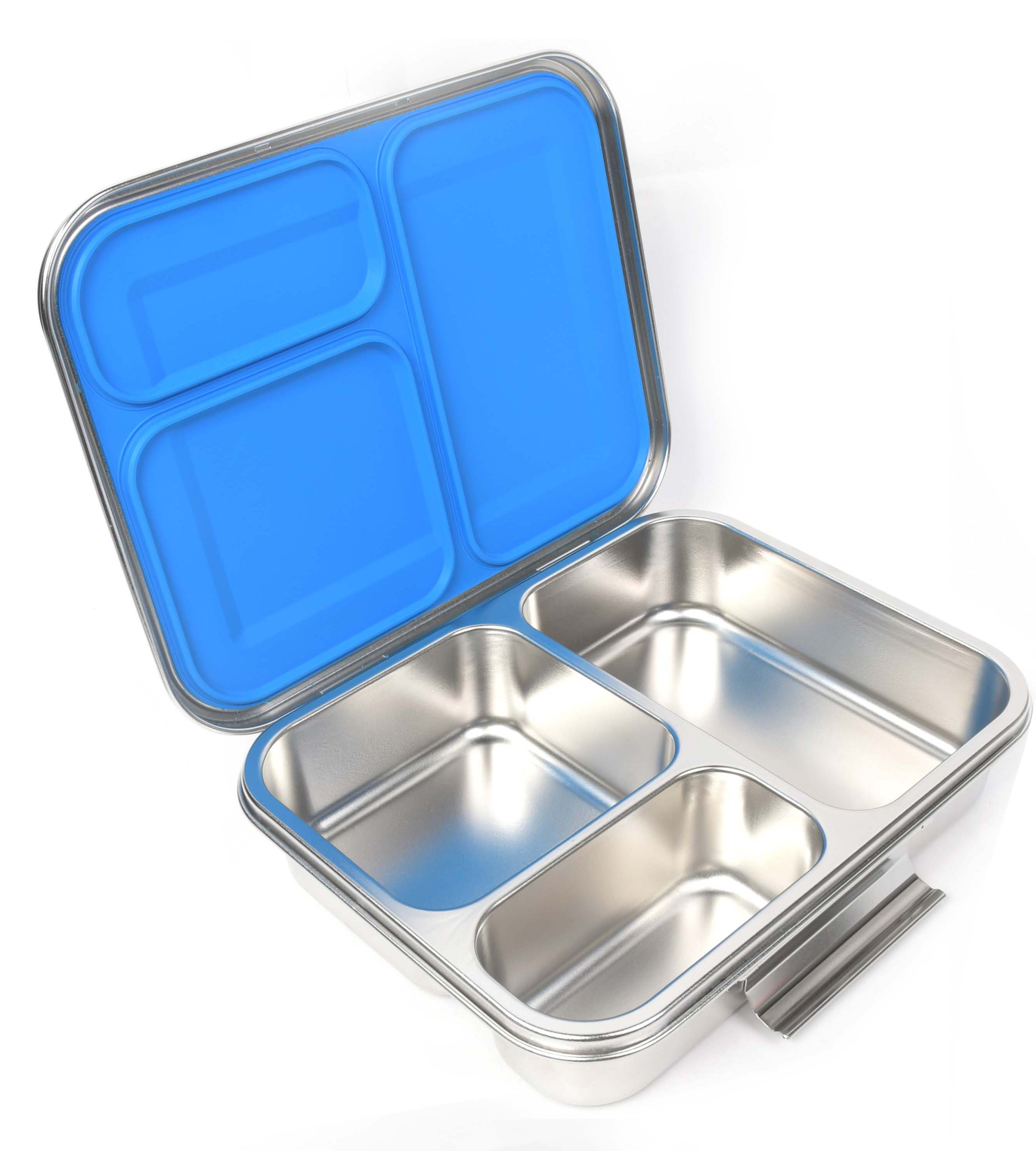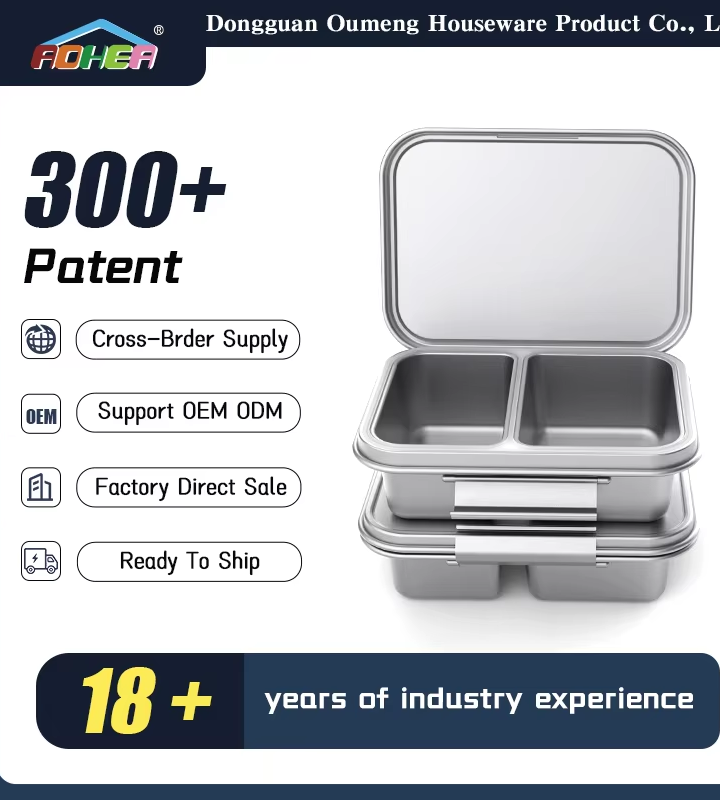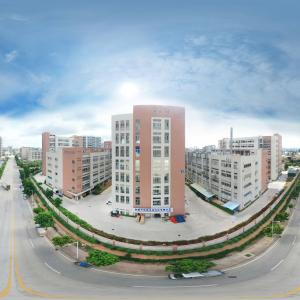A8 Yinling Science And Technology Industrial Park, Yangjiang, Guangdong, China +86 13829231860 [email protected]

Cutia de prânz pentru copii de la Aohea integrează izolare cu dublu perete și închidere ermetică pentru a menține temperatura mâncărurilor. Fabricată din interioare din oțel inoxidabil de calitate alimentară și carcase exterioare libere de BPA, aceste cutii rezistă la alunecări și zgârieturi. Clientii B2B beneficiază de opțiuni OEM—imprimări personalizate, etichete tematice și ambalaje pregătite pentru cadou. Capacitățile de fabricație ale Aohea sprijină prototipare rapidă, rulari cu MOQ scăzut și producție masivă consistentă. Fiecare cutie de prânz este supusă testelor de reținere termică și de streșenire sub standarde HACCP. Ideală pentru distribuitori de echipamente școlare, parteneri de oferte corporative și lanțuri de magazine care caută cutii de prânz pentru copii fiabile și marcajate.

Cutia de prânz Aohea pentru copii se integrează perfect în programele de uniforme școlare prin oferirea de recipiente durabile, ușor de curățat, care pot să poarte logo-urile sau mascotele școlare. Fabricate din PP alimentar și cu acoperșori sigiliți cu silicon, aceste cutii de prânz previn scurgerile în timpul transportului pe autobuze și coridoare. Clientii B2B au acces la servicii private-label cu MOQ redus – logo-uri imprimate prin tamponaj, aranjamente personalizate ale compartimentelor și mănecari de ambalare cu brand. Fabricile certificate ISO ale Aohea efectuează teste de cadere și scurgere pentru a garanta o performanță consistentă. Colaborează cu Aohea pentru a consolida branding-ul școlar, a îmbunătăți satisfacția elevilor și a optimiza achiziționarea în masă pentru furnizorii de uniforme.

Marci private destinate piețelor copilărești beneficiază de experțisea Aohea în domeniul cutiei de prânz pentru copii OEM. Serviciile noastre complete includ proiectare CAD, fabricarea de instrumente și aplicarea unor finisaje personalizate - mate, luciate sau texturizate. Fiecare cutie de prânz, construită din PP gratuit de BPA și materiale alimentare, trece prin controale riguroase de integritate a sigiliului, rezistență termică și durabilitate la impact. MOQ-uri mici și prototipare rapidă prin imprimare 3D scurtorează ciclurile de dezvoltare. Clientii B2B primesc rapoarte detaliate ale loturilor, soluții flexibile de ambalare și sprijin logistic global. Înalti linia de produse pentru copii cu cutiile de prânz personalizate ale Aohea.

Centralele de zi au nevoie de cutii de prânz care să reziste uzării frecvente și să se poată sterge ușor. Cutia de prânz pentru copii a lui Aohea este fabricată din materiale sigure pentru spălare în mașină, cu margini rotunde și închisuri din silicon pentru a preveni creșterea bacterelor. Proiectele stiveabile economisesc spațiu de stocare, iar fermecile ușoare de deschis ajută personalul de grija să servească mâncarea rapid. Personalizarea OEM include codificare prin culori, autocolante prietenoase copilului și etichetare a loturilor. Producția HACCP-compliantă a lui Aohea și testele interne asigură că fiecare cutie respectă standardele stricte de higienă și durabilitate. Bazați-vă pe Aohea pentru o furnizare masivă de încredere și o calitate constantă în programele de mâncare pentru centralele de zi.

Eficiența spațiului se întâlnește cu designul prietenos copiilor în cutia de prânz extensibilă pentru copii a Aohea. Peretele lateral din silicon se comprimă pentru un stocare compact și se extinde pentru a sigila mâncarea cu acoperșori ermetici. Construite din silicon alimentar și plastic liber de BPA, aceste cutii sunt ușor de curățat și ultra-portabile. Personalizarea B2B include teme de culori, imprimeu logo și seturi de utencilii marcate cu brand. Testele QC ale Aohea includ operațiuni de colaps testate ciclic, presiune de sigilare și siguranță materială. Ideală pentru furnizori de accesorii de călătorie, distribuitori de detaliș și programe de cadouri corporative care caută soluții noi, orientate spre copii, pentru prânz.

Aohea este un producător profesionist de cutii de bento și vase de masă fondat în 2007. fabrica noastră are ISO9001, SEDEX, BSCI și Disney FAMA certificat. În afară de credențiale puternice de fabrică, suntem germană Amazon bestseller producător de cutii de bento cu 19 ani expenience export
Cutile noastre de prânz sunt fabricate din polipropilen alimentar cu sigili de silikon libere de BPA, asigurând o contact sigur și neotoxic cu mâncarea copiilor.
Da. Aohea suportă imprimare pe tot cuprinsul în pad color, gravură laser și etui de ambalaj personalizate pentru comenzi private-label și OEM.
Fiecare unitate are o sigilitură airtight din siliconă și suprafețe interioare netede, ceea ce le face 100% impermeabile și sigure pentru spălătoarea de vase.
MOQ standard începe de la 500 de unități, cu timpuri tipice de antrenare de 30–45 de zile de la aprobarea artelor până la expediție, în funcție de mărimea comenzi.
Cu siguranță. Ofertăm cutii din carton reciclat, etichete compostabile și consolidare în ambalaje bulk pentru a reduce impactul asupra mediului.
Sub certificările ISO 9001 și HACCP, fiecare lot trece prin teste de cadere, presiune a sigiliturii și puritate a materialelor, însoțite de rapoarte detaliate de QC.
